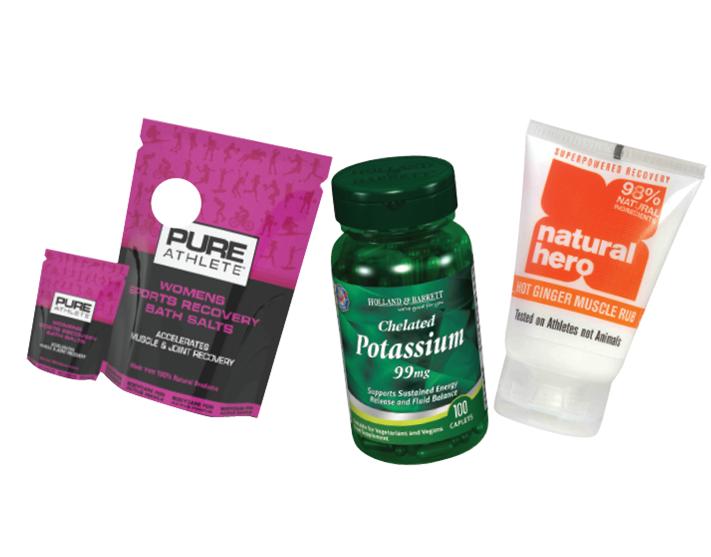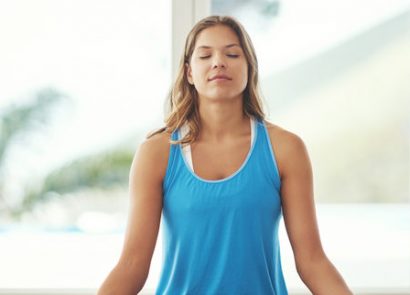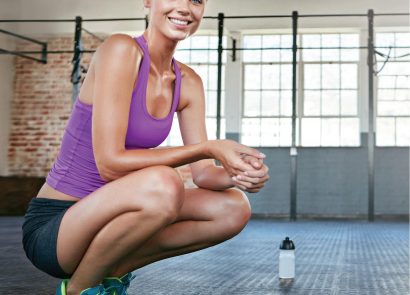At best a painful inconvenience, and at worst a performance-destroying catastrophe, cramp is a hurdle that can trip everyone up from time to time. It can strike at any point during a workout, and while it’s usually over in minutes, its effects can throw you off your stride for several days.
Cramp occurs when a muscle goes into a spasm, and instead of contracting and relaxing as usual, remains in a contracted state for up to 10 minutes. It most commonly affects the calf muscles, but can also occur in the feet and thighs. During a cramp, the muscle becomes hard, tight and painful.
Causes of cramp
The causes of cramp are poorly understood. “Dehydration is a key factor, as is a lack of certain minerals in the body, including potassium, magnesium and calcium,” says personal trainer Annie Foulds (anniefouldspersonaltrainer.com). “It can also be caused by not warming up properly, or by overworking a muscle.” Stiff joints, tense muscles and fatigue also play a part.
It’s also hard to predict when a cramp might occur. “If you’re dehydrated when you start to exercise, it may happen quite early on in your workout,” explains sports physiotherapist Laura Hanna of the Chartered Society of Physiotherapists (csp.org.uk). “For other people, it could occur towards the end of training.” Environmental conditions are involved, too, with cramps more likely during hot weather when you’re sweating profusely. Some people find their cramp develops not during exercise, but afterwards, when they’re resting.
Pain prevention
Although cramp affects most people on occasion, there are things you can do to reduce the likelihood of an attack, starting with ensuring you’re well hydrated. “It’s important to drink plenty before exercising, during your workout if you can, and afterwards to rehydrate,” says Laura. “Water alone is not enough; to replenish the salts lost through sweating, you need an isotonic sports drink, or you can make your own using squash or diluted orange juice with a pinch of salt.”
Warming up properly is essential in preventing cramp. Ideally, you should allow enough time for a 10-minute warm-up before exercising, and make sure you stretch every muscle thoroughly. It’s also a good idea to incorporate a brief burst of cardiovascular exercise into your warm-up, as this will help to oxygenate your muscles ready for your workout.
You may be less likely to suffer with cramp if you mix up your exercise regime. “If you run, for example, including some yoga or Pilates sessions in your training routine can be really beneficial,” Annie explains. “This helps to condition your muscles so they are long and flexible, rather than short and tense.” Regular sports massage can also help to keep your muscles relaxed.
It’s also crucial, when starting a new form of exercise or increasing your distance or intensity, to build up slowly: no matter how fit you are, overstressing your muscles in ways that they are not accustomed to can lead to cramps. And don’t forget the importance of diet: including lots of potassium-rich foods, such as bananas, dried apricots, baked potatoes with the skin on, salmon and avocado may help to safeguard against cramp.
When cramp strikes
Although there is a lot that you can do to reduce the risk of cramp, most people are affected from time to time. “If you develop a cramp, stop what you’re doing immediately,” says Annie. “You then need to gently stretch out the muscle to release the spasm.” For a calf cramp, the best way to do this is to stand with your heel on the floor and raise your toes towards your knee. Gently massaging the muscle can also help it to relax. Be aware that often, a cramp is a sign that you’re dehydrated, so make sure you take on plenty of fluids before you attempt to get moving again. “If the cramp passes quickly and with no lasting effects, it’s fine to carry on with your workout,” Laura says. “But sometimes, it can leave you with some residual muscle soreness. If this happens, you should wait until it settles before resuming training.” Applying ice to the sore muscle can also help.
Some people are prone to regular cramps, so if, despite self-help measures, you’re experiencing problems, it’s worth consulting your doctor. In extreme cases, medication can be prescribed to address the problem. But by paying attention to your diet, hydration levels and warm-up regime, you’ll be doing your best to prevent cramp stopping you in your tracks.






















